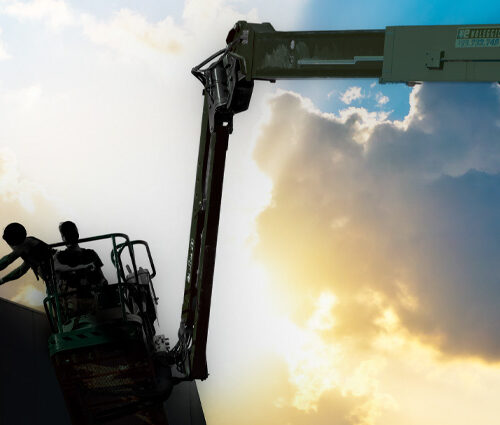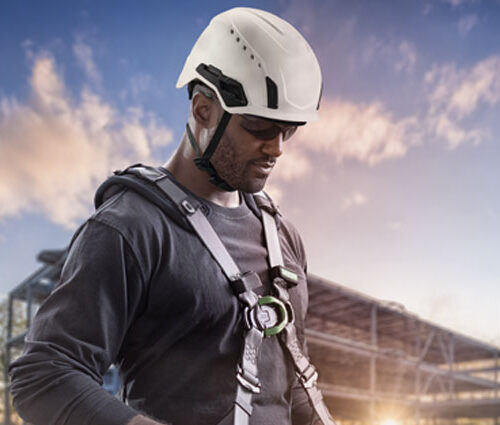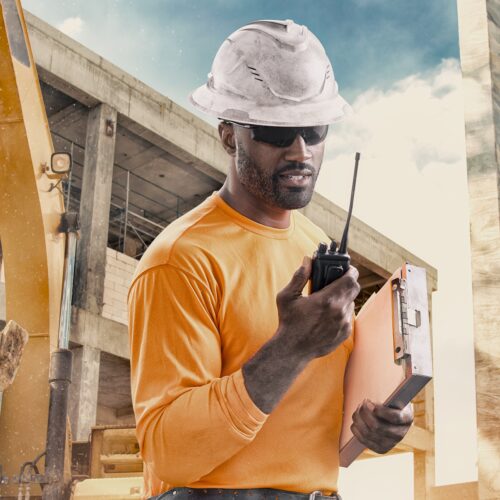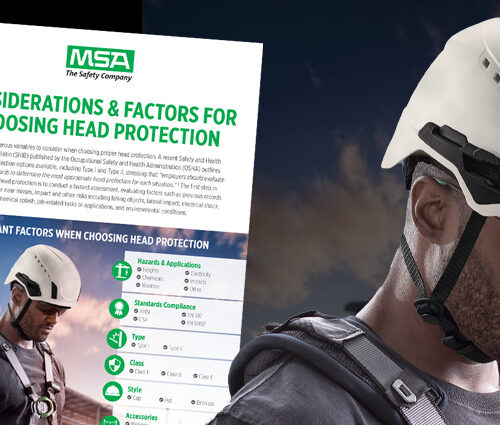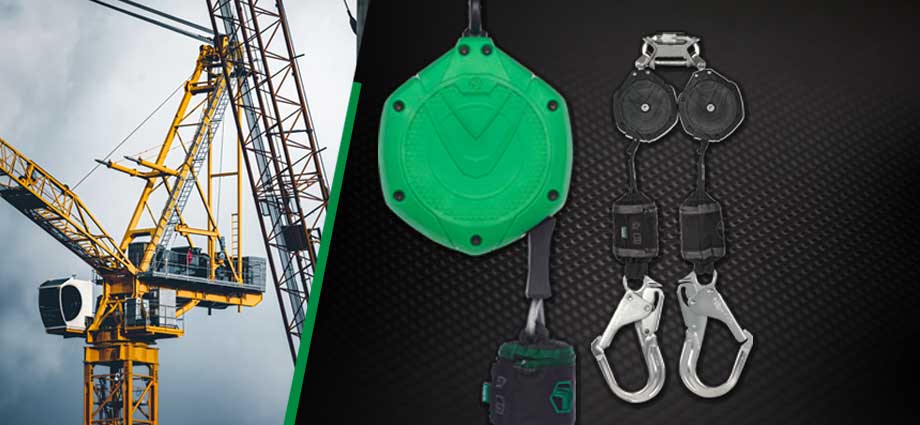
When working at heights, selecting the proper fall protection may be the difference between getting the job done safely or a preventable tragedy. Unfortunately, due to the complexity of fall hazards, there is no one size fits all answer to protecting workers.
Lack of understanding of the different fall protection components and their application can put workers at risk. Thankfully, with better employee training and a practical system for identifying fall protection needs, these risks can be mitigated and help everyone go home safely at the end of the day.
Do you sometimes struggle with picking the safest fall protection for the task? This article will answer some of your biggest questions about two of today’s most commonly used fall protection components, the Self-Retracting Lifeline (SRL) and the Personal Fall Limiter (PFL).
How do SRLs and PFLs work?
At a high level, SRLs and PFLs essentially work the same; they connect the user’s harness to an anchor point and consist of a retractable web or cable lanyard and work like the seatbelt in a car.
They can be pulled out and retracted quickly, but in the case of a quick tug, an internal braking mechanism engages. During a fall, this mechanism engages and an energy absorbing mechanism slows, then stops the line over a short distance, preventing further falling while reducing the impact force on the user’s body.
What is the difference between an SRL and PFL?
While SRLs and PFLs are similar, there are a few distinctions.
PFLs are generally a more compact, lightweight version of a self-retracting lifeline. They connect directly to the D-ring of a body harness and provide working lengths from 6 to 9 feet.
SRLs are generally larger and heavier than PFLs, connect directly to an anchor point, and provide longer user working lengths.
What is the difference between Class A and Class B SRLs?
In the past, overhead-anchored SRLs had a Class A or Class B designation to describe the deceleration distance and force associated with the ANSI drop tests. For example, the average arresting force for Class A is 1350 lbs, while the average arresting force for class B is 900 lbs.
However, since the 2021 revision to ANSI Z359.14, classes now distinguish between products for overhead-only (Class 1) or leading-edge (Class 2). These classes help explain how much free fall the product can handle and if it is rated for a fall event over an edge.
Read more about the updates to ANSI Z359.14 here.
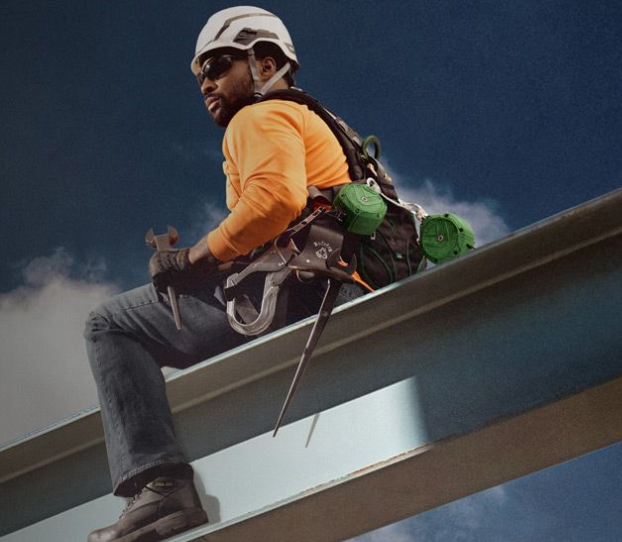
Experience the Standard in Fall Protection with MSA PPE
Experience the Standard in Fall Protection with MSA PPE. Learn more about the Dare to Compare product trial program:
Learn MoreWhat is considered a leading edge?
OSHA defines a leading edge as “the edge of a floor, roof, or formwork for a floor or other walking or working surface (such as the deck) which changes location as additional floor, roof, decking, or formwork sections are placed, formed, or constructed.”¹
Due to the nature of the work, installing a guardrail around the edge of a surface under construction may not be feasible. However, workers must wear fall protection when approaching the unprotected “leading edge.”
Leading edge work adds additional elements of risk that users must be aware of when selecting fall protection:
- If a worker falls over the leading edge, the sharp edge can sever a lifeline on impact or from the worker swinging back and forth.
- The anchorage for leading edge applications is usually (though not always) below D-ring level, often at foot level, because there is not always an overhead, approved attachment point, such as a wall or ceiling joist, and the lower anchor point does not interfere with a worker’s arm movement.
That’s why only Class 2 SRLs specifically designed and approved for a leading edge must be used.
When to use web vs. cable SRLs?
When choosing an SRL, you might wonder about the different advantages of web and cable SRLs.
Stainless and galvanized steel cable SRLs are well-suited for harsh environments. Their durability allows them to withstand more of the cuts and scrapes you find in specific industries. Class 2 steel cable SRLs also work for leading edge applications.
Nylon and polyester web SRLs are well-suited for work in sensitive areas where you would not want a steel cable rubbing against valuable or sensitive equipment. They are also preferable when working around electricity because the webbing is non-conductive. Finally, they are much lighter than cable options making them easier to carry on your back or transport.
How MSA simplifies SRL and PFL selection.
The new V-SERIES® line of SRLs from MSA simplifies on-the-job fall protection selection by using a simple-to-follow color coding system that distinguishes between leading edge and non-leading edge compatible SRLs. In addition, new easy-to-access and read dashboard labels and clearance charts make picking the proper fall protection much more straightforward. To learn more about how MSA helps make fall protection selection safer, faster, and easier, check out the V-SERIES line of SRLs here.


